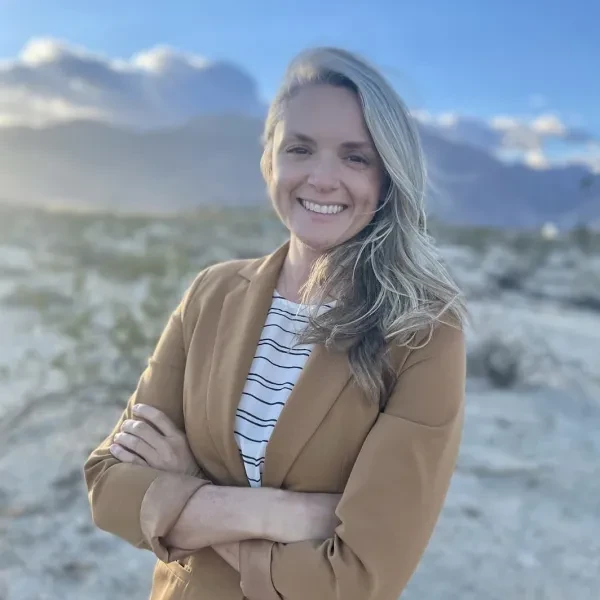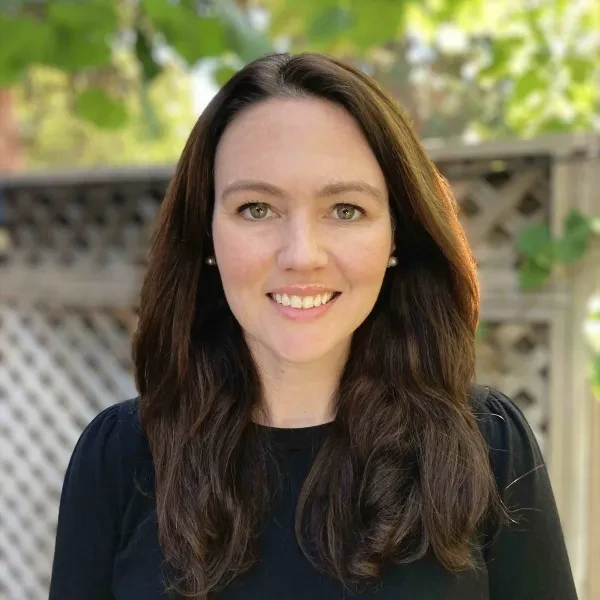Abigail Mighell, who partners in advocating for state parks in Sacramento alongside California State Parks Foundation, laid out the three main budget priorities we’ll be focusing on this upcoming fiscal year, including:
-
Ensuring the $31 million cut from the deferred maintenance pot is restored, and ideally expanded. We will encourage the Legislature to challenge the Governor's suggestion to make that cut. Considering we're in a deficit year, advocating around visitor experience, park quality, and maintaining these wonderful spaces will be a top priority.
-
Holding lawmakers accountable for the promised funding for Dos Rios Ranch Preserve, which is slated to become California’s newest state park. There is currently a one-time investment of $5.8 million, and $3.3 million allocated to ongoing support, staffing, and maintenance. This funding is essential to open up this beautiful space to the public as a state park.
-
Maintaining the amount of money state parks have received in previous budget years that has not yet been cut.
To do so, California State Parks Foundation will articulate our gratitude for and the importance of maintaining programs like the Outdoor Equity Grants program, the Statewide Parks Program, and especially the $12 million that state parks got in 2021 to support sea level rise adaptation.
Next, we heard from Bri Fordem of the Anza-Borrego Foundation, who works as a close partner for the state’s largest state park. She explained that when the state budget cannot properly fund the needs of the park, the task often falls to her organization to step in and help with the “unintended consequences of not funding these deferred maintenance issues.”
Fordem explained that Anza Borrego Desert State Park “has more than 200 deferred maintenance projects on a list. We're one of the largest parks, but we're also one of the parks that has, volume-wise, not as many facilities that need to be addressed, so there are other parks that have more intense [needs for] facility maintenance,” she explained. She stressed that lack of funding is an “extremely dynamic” issue that varies widely from park to park, and one that is compounded by external issues like staffing shortages and lack of capacity to address issues as they come up.
Emily Doyle, our staff climate expert, then offered us a view of some of the most pressing climate concerns if parks continue to be left underfunded. The two primary issues for state parks are sea level rise and wildfire risk, both of which will continue to increase in severity if left unaddressed.
To address these urgent needs, the time is now to start advocating for parks. Budget discussions will run between January and April and there will be lots of back and forth between all three branches of government, including designated times for public engagement.
Each year, the state’s Department of Finance is required to release a revision of the expected revenue forecast for the upcoming fiscal year by May 14, a practice that has become known as the Governor’s “May Revise” to the budget proposal. The Legislature is required to send a budget to the Governor’s desk by June 15; once it is signed by the Governor it becomes law immediately because the new budget must be in place by the start of the new fiscal year, July 1.
“There are multiple ways for the public to engage there,” Mighell said. “You can go to the public budget committee meetings and comment on the Governor's proposal and urge the Legislature to make different decisions. You can contact the Governor's office directly, and advocate that way, or contact your legislative representatives directly as well.”
To learn more about how California State Parks Foundation advocates for parks, visit https://www.calparks.org/issues.
You can check out the recording of the full event here to hear directly from each of our panelists.


